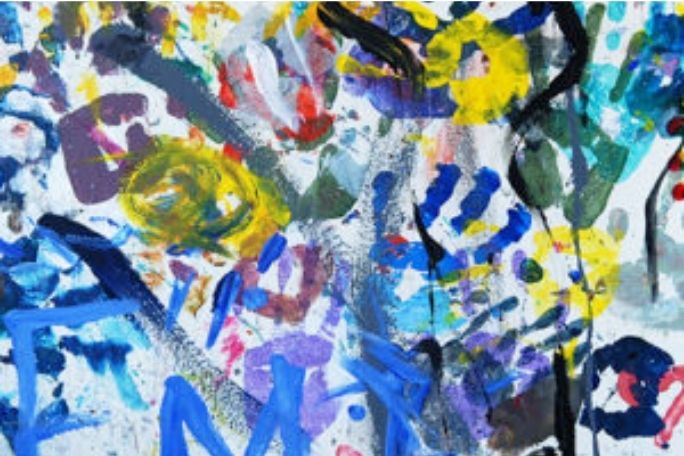Lesson summary
The Enviroweek Wild Child Action encourages students to connect with nature for their own health and wellbeing. This resource is structured in three parts, each composed of an individual activity.
Part 1 – Tune In: Students head outside and sketch patterns that they observe in nature.
Part 2 – Act: Students develop their own Wild Child Action that promotes the idea of connecting with nature.
Part 3 – Share: Students share their experiences and inspire others to take action.
Learning intentions:
Students will...
- use their observation skills to sketch natural objects outdoors
- design a project to connect with nature during a one week period
- share what they did in their project with the rest of the school community.
Lesson guides and printables
Lesson details
Curriculum mapping
Australian curriculum content descriptions:
Year 7 English:
- Plan, draft and publish imaginative, informative and persuasive texts, selecting aspects of subject matter and particular language, visual, and audio features to convey information and ideas (ACELY1725)
Year 8 English:
- Create imaginative, informative and persuasive texts that raise issues, report events and advance opinions, using deliberate language and textual choices, and including digital elements as appropriate (ACELY1736)
Years 7 & 8 Visual Arts:
- Practise techniques and processes to enhance representation of ideas in their art-making (ACAVAM121)
- Present artwork demonstrating consideration of how the artwork is displayed to enhance the artist’s intention to an audience (ACAVAM122)
Years 7 & 8 Health and Physical Education:
- Plan and implement strategies for connecting to natural and built environments to promote the health and wellbeing of their communities (ACPPS078)
Year 9 English:
- Create imaginative, informative and persuasive texts that present a point of view and advance or illustrate arguments, including texts that integrate visual, print and/or audio features (ACELY1746)
Year 10 English:
- Create sustained texts, including texts that combine specific digital or media content, for imaginative, informative, or persuasive purposes that reflect upon challenging and complex issues (ACELY1756)
Years 9 & 10 Visual Arts:
- Manipulate materials, techniques, technologies and processes to develop and represent their own artistic intentions (ACAVAM126)
- Develop and refine techniques and processes to represent ideas and subject matter (ACAVAM127)
- Plan and design artworks that represent artistic intention (ACAVAM128)
- Present ideas for displaying artworks and evaluate displays of artworks (ACAVAM129)
Years 9 & 10 Health and Physical Education:
- Plan and evaluate new and creative interventions that promote their own and others’ connection to community and natural and built environments (ACPPS097)
Syllabus Outcomes: EN4-4B, EN5-1A, VAS4.1, VAS4.4, VAS4.6, VAS5.1, PDHPE4.9, PDHPE4.14, PDHPE5.9, PDHPE5.14.
General capabilities: Critical and creative thinking.
Cross-curriculum priorities: Sustainability OI.2.
Resources required
- Prior to the ‘Tune In’ activity, students discuss and gather drawing materials for an outdoor sketching experience
- You may need other resources depending on the Challenge the students choose to do
Additional info
This is an original Cool.org lesson. Facts and figures in these lessons may have changed since this lesson was published. We always endeavour to update our resources in a timely manner, but if you see an error or issue in our resources please get in touch with us.


Welcome back!
Don't have an account yet?
Log in with:
By signing up to Cool.org you consent and agree to Cool's privacy policy to
store, manage and process your personal information. To read more, please see
our privacy policy here(Opens in new tab).
Create your free Cool.org account.
Many of our resources are free, with an option to upgrade to Cool+ for premium content.
Already have an account?
Sign up with:
By signing up to Cool.org you consent and agree to Cool's privacy policy to
store, manage and process your personal information. To read more, please see
our privacy policy here(Opens in new tab).